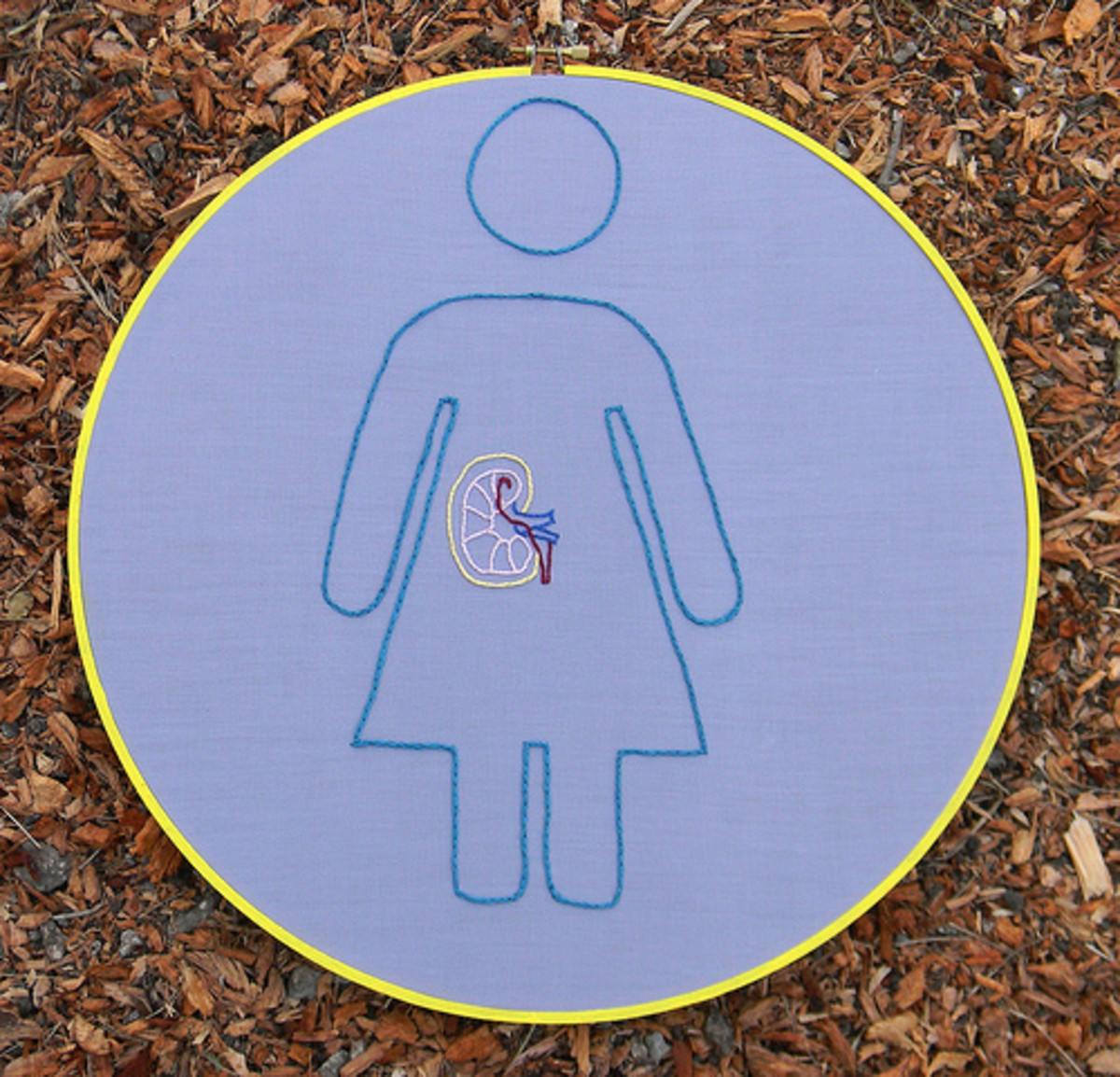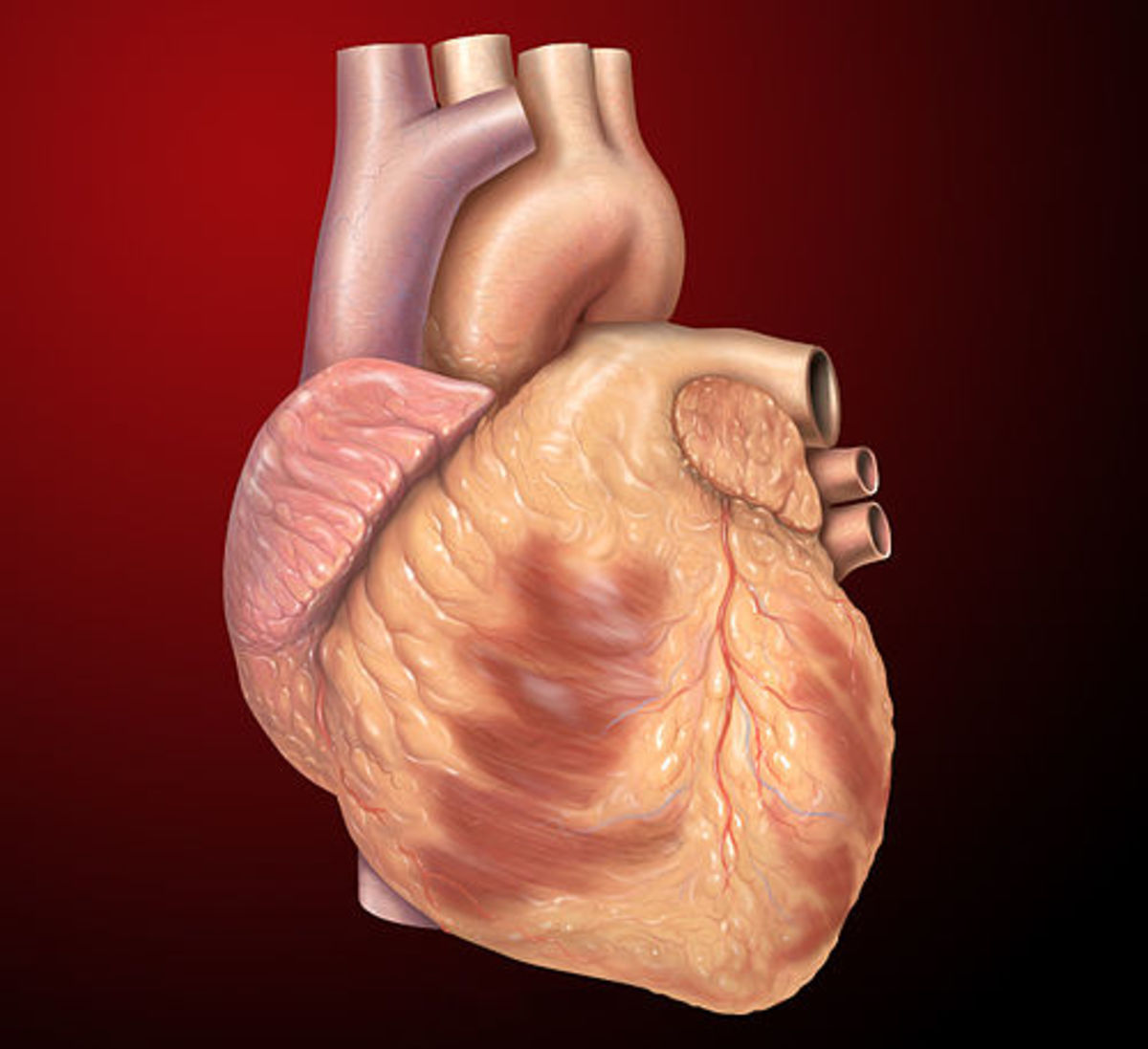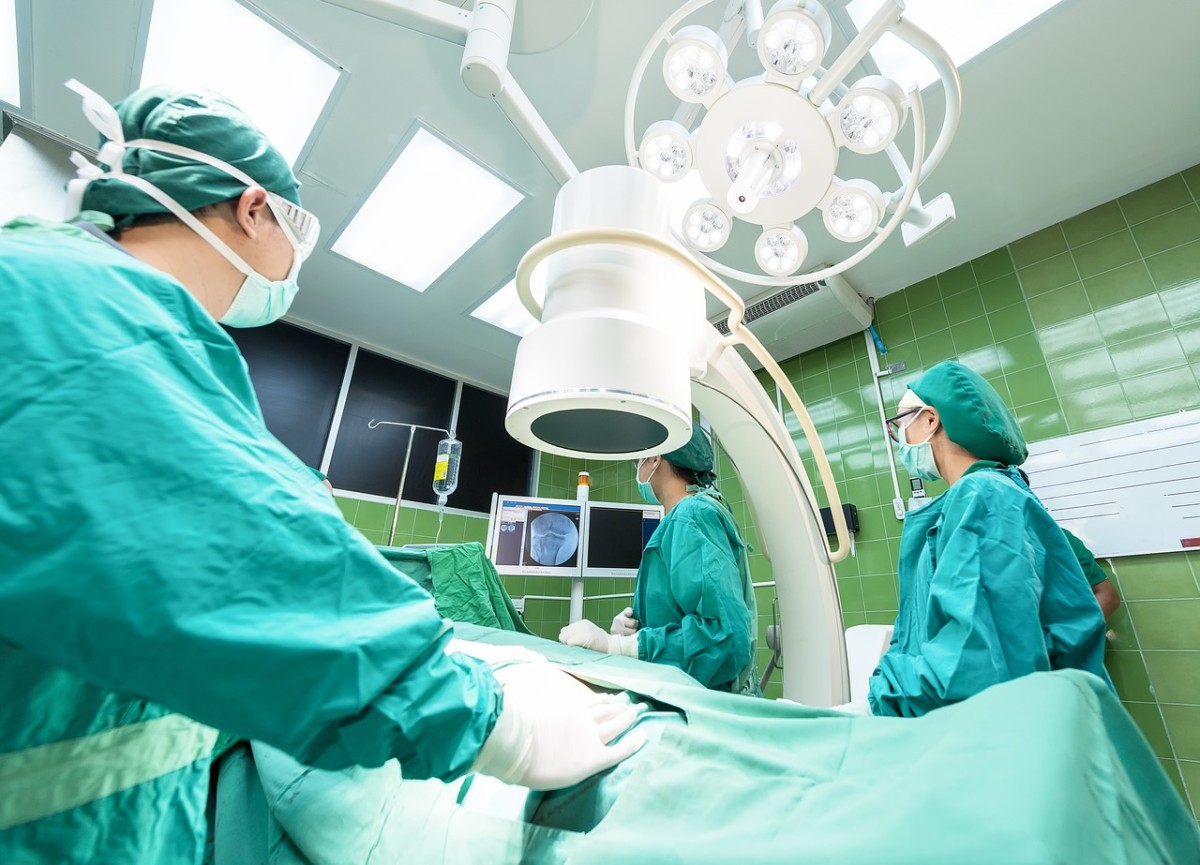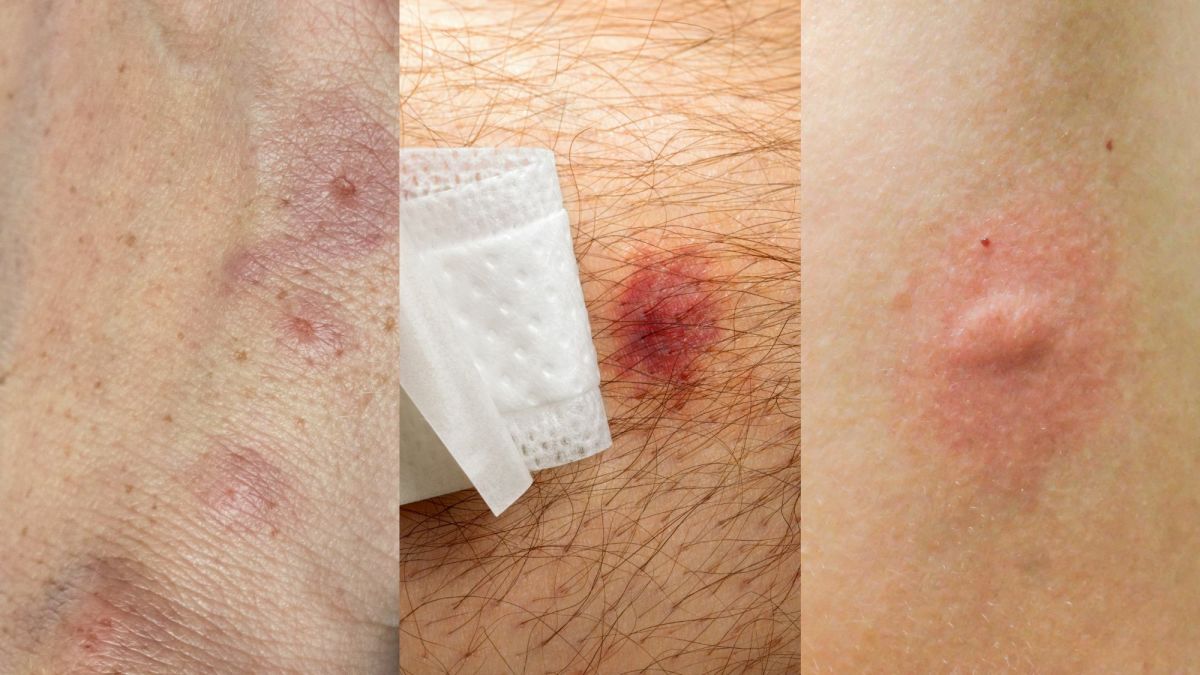Signs You May Have a Blood Clot
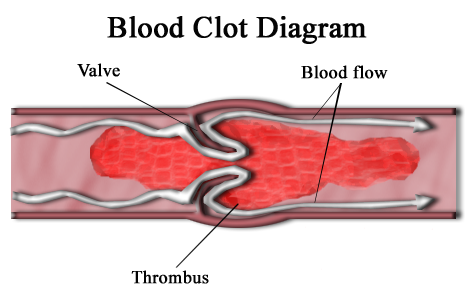
You wake up one day and have pain in one of your legs. You pause, but don’t think much of it. Maybe you just pulled a muscle, or maybe it’s just one of life’s little regular pains. But days go by and it doesn’t stop. Throbbing begins, and the pain spreads to your entire leg. Soon you notice swelling and redness. Now you’re thinking there is definitely something wrong. You are experiencing deep vein thrombosis - A blood clot.
More than 2 million people are diagnosed with deep vein thrombosis per year in the United States. Shockingly, more people die from this than breast cancer and AIDS combined. It is important to recognize the symptoms so that if you experience them, you don’t ignore them.
Risk Factors:
Typically, if you have three or more of the risk factors, you are considered high risk for developing a blood clot. Travelling or sitting for long periods of time, family history of deep vein thrombosis, birth control pills (especially estrogen based) or hormone therapy, high blood pressure, high cholesterol, smoking, and diabetes are all risk factors for blood clots.
How does it happen?
Clots are formed due to one of the two main reasons: Immobility, and or genetic errors in the clotting mechanism.
Immobility: Most common, when the body stops moving, the risk for a blood clot increases as muscle movement is required to pump blood towards the heart. Blood that quits moving for a long period of time is prone to clot. This can happen after surgery or with bed-rest, prolonged sitting due to injury, illness or travelling,
Genetic errors in the clotting mechanism: Due to a genetic issue in your clotting mechanism, you can be prone to blood clots because your blood blots more frequently than normal.
Dangers and Complications:
Pulmonary Embolism: A blood clot in your lungs. This is a condition that occurs when arteries in your lungs become blocked. Usually this happens when a blood clot from another part of your body – most commonly, the legs, travels to your lungs. The condition can be deadly, but if caught in time, very treatable. Usually the symptoms are shortness of breath, sudden cough, and chest pain. Other symptoms include wheezing, leg swelling, excessive sweating, weak pulse, rapid heartbeat, and lightheadedness or fainting. If you experience a sudden, bloody cough, or shortness of breath, seek a doctor right away.
Blood clots can also break away and travel to your brain, which can cause a stroke, and is extremely dangerous.
Seek emergency care if you experience any of the following symptoms:
· Shortness of breath
· Pressure in the center of your chest lasting more than a few minutes
· Pain extending to the shoulder, arm, back, teeth, or jaw
· Swelling, redness, numbness or pain in a leg or arm for no apparent reason or injury
· Sudden difficulty speaking
· Sudden weakness or numbness in your face, leg, or arm
· Sudden blurred or double vision
Ways to Avoid Blood Clots:
Avoid sitting for long periods of time. If you sit all day at work, get up every hour and stretch. If you travel long distance by airplane or car, walk the aisle periodically, or stop at a rest stop. If you’ve recently had surgery, move around the best you can – even if just to do small leg or arm movement exercises. Changing your lifestyle may be required as well. If you are overweight, lose weight. Lower high blood pressure and exercise regularly. Stop smoking, especially if you take birth control pills - Smoking while taking birth control pills puts you at high risk for developing blood clots.

